Last updated on
Integrated versus non-integrated appliances: what are the differences and which one is right for your home?
One of the most common questions I get asked is about appliances – which ones are better for a home? Should you go for integrated or non-integrated appliances? Let me tell you a story that will help you understand the difference.
I once visited a friend’s house who had recently renovated her kitchen. She was excited to show me her new appliances, which were all non-integrated.
As we stood in front of her fridge, she complained about how it looked out of place and disrupted the flow of her kitchen design.
On the other hand, another friend of mine had opted for integrated appliances in his kitchen remodel. When I walked into his kitchen, everything looked sleek and seamless – almost as if there were no appliances at all!
It was then that I realized how much difference an integrated appliance could make to a space’s overall look and feel.
So now let’s dive deeper into this topic – what exactly are integrated and non-integrated appliances? And which one should you choose for your home?
Key takeaways:
- Integrated appliances blend seamlessly with kitchen cabinetry.
- Integrated appliances create a streamlined and uncluttered appearance.
- Integrated appliances often have more features and are energy-efficient.
- Non-integrated appliances are less expensive and easily replaced or upgraded.
- Non-integrated appliances may disrupt the flow and design of a space.
What's Inside
Integrated Appliances
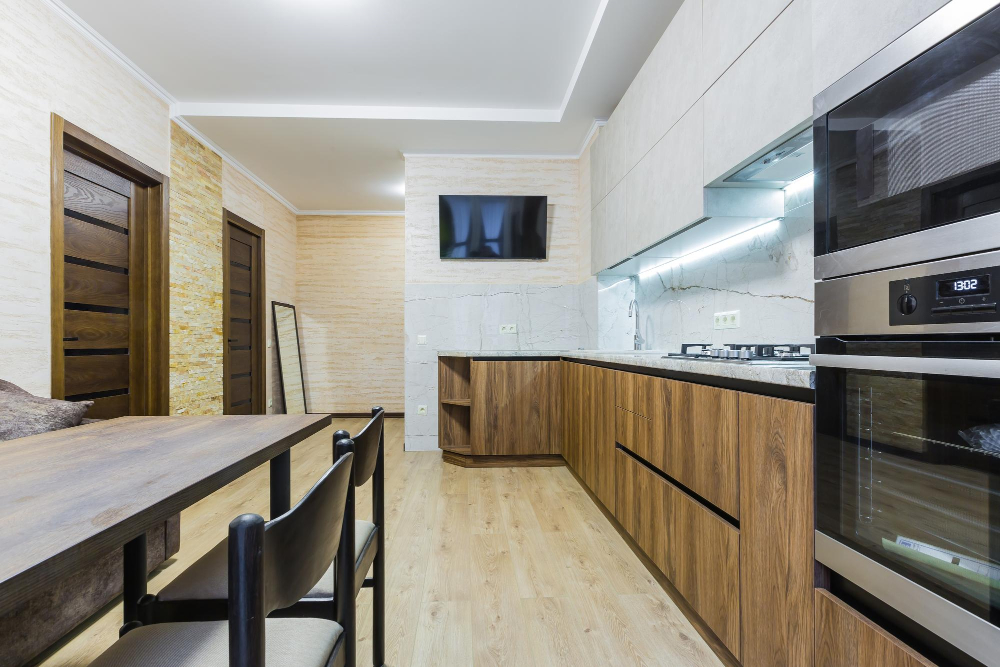
Integrated appliances are built-in units that blend seamlessly with the rest of your kitchen cabinetry. They are designed to be hidden behind matching cabinet doors, giving your kitchen a sleek and modern look.
Integrated appliances include refrigerators, dishwashers, ovens, microwaves and even coffee machines.
One of the biggest advantages of integrated appliances is their ability to create a streamlined look in your kitchen. By hiding them behind cabinet doors or panels that match the surrounding cabinets’ finish and style, you can achieve an uncluttered appearance without sacrificing functionality.
Another benefit is that integrated appliances tend to have more features than non-integrated ones since they’re often part of high-end appliance lines from top manufacturers like Miele or Bosch.
However, there are some downsides as well – for example; they can be more expensive than non-integrated models due to their custom design requirements. Additionally installing these types may require professional help which adds up on installation costs too.
Overall if you want a clean-looking space with all the bells & whistles then integrated might just be what you need!
Non-Integrated Appliances
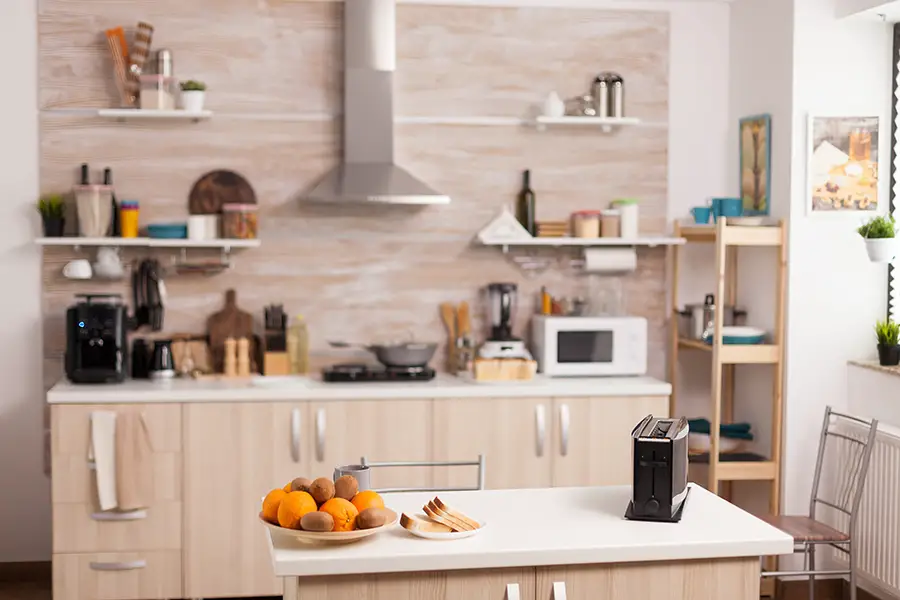
Non-integrated appliances are standalone units that do not blend in with the surrounding cabinetry. They come in a variety of styles, sizes, and colors to fit any kitchen design.
These appliances are often less expensive than their integrated counterparts and can be easily replaced or upgraded without affecting the rest of your kitchen.
However, non-integrated appliances can disrupt the flow of your kitchen’s design if they clash with other elements such as cabinets or countertops. They also take up more space than integrated options since they cannot be built into existing cabinetry.
If you’re on a budget or prefer to have flexibility when it comes to upgrading your appliances, non-integrated options may be right for you. Just keep in mind that they may not provide the seamless look that many homeowners desire for their kitchens.
Pros of Integrated Appliances
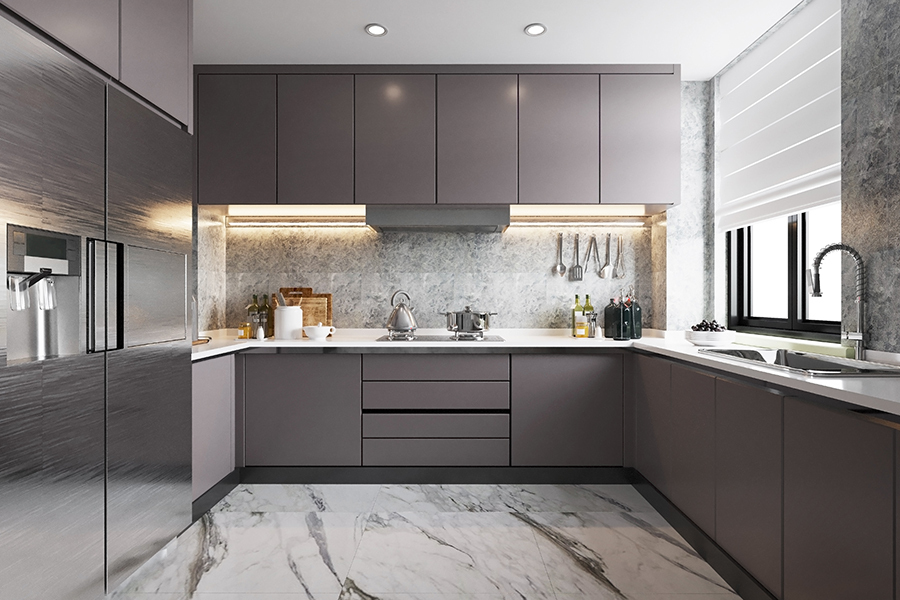
Integrated appliances are becoming increasingly popular among homeowners, and for good reason. One of the biggest advantages of integrated appliances is that they seamlessly blend in with your kitchen design, creating a cohesive look throughout the space.
This means that you can have all the modern conveniences without sacrificing style.
Another advantage of integrated appliances is their functionality. Since they are built into your cabinetry, there’s no need to worry about gaps or awkward spaces between them and your counters or cabinets – everything fits together perfectly! This also means that cleaning becomes much easier as there are fewer crevices for dirt and grime to accumulate.
Integrated appliances also tend to be more energy-efficient than non-integrated ones since they’re designed specifically for use in a particular space. They often come with features like automatic shut-off when not in use or temperature control settings which help reduce energy consumption over time.
If you’re looking for a sleek and stylish kitchen design while still enjoying all the benefits of modern technology at home – then integrated appliances might just be what you need!
Cons of Integrated Appliances
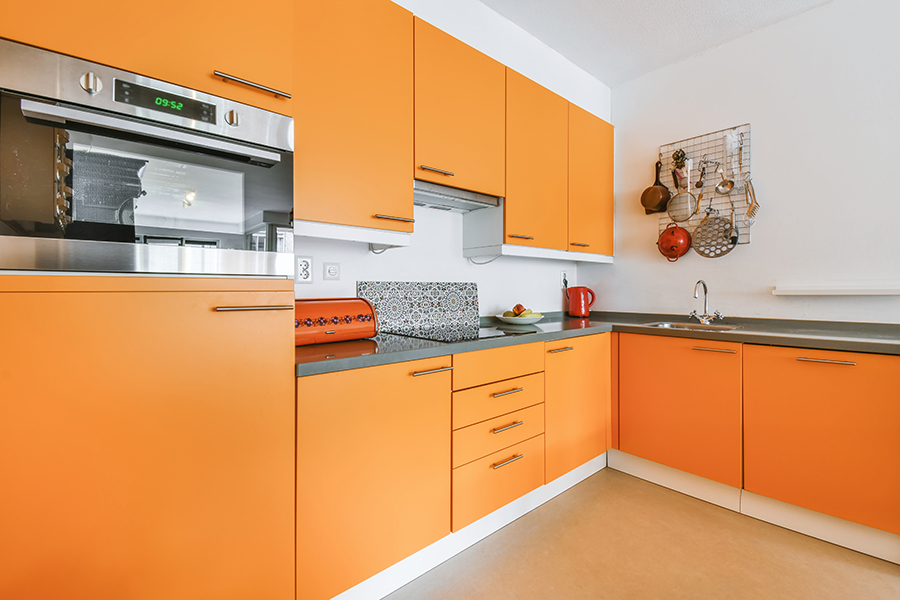
While integrated appliances may look sleek and seamless, they do come with some drawbacks. One of the biggest cons is that they can be more expensive than non-integrated appliances.
This is because the installation process for integrated appliances requires custom cabinetry and specialized fittings to ensure a perfect fit. Another disadvantage of integrated appliances is that they can be harder to repair or replace if something goes wrong.
Since these types of appliances are built into your kitchen, it may require dismantling parts of your cabinetry or countertops in order to access them for repairs.
Suppose you ever decide to sell your home. In that case, potential buyers may not appreciate the investment you made in integrating all your kitchen’s major components together as much as you did – especially if their design preferences differ from yours.
While there are certainly benefits to choosing integrated over non-integrated options when it comes time for a remodel or renovation project; it’s important weigh both sides before making any final decisions on what type will work best within one’s budget constraints and lifestyle needs!
Pros of Non-Integrated Appliances
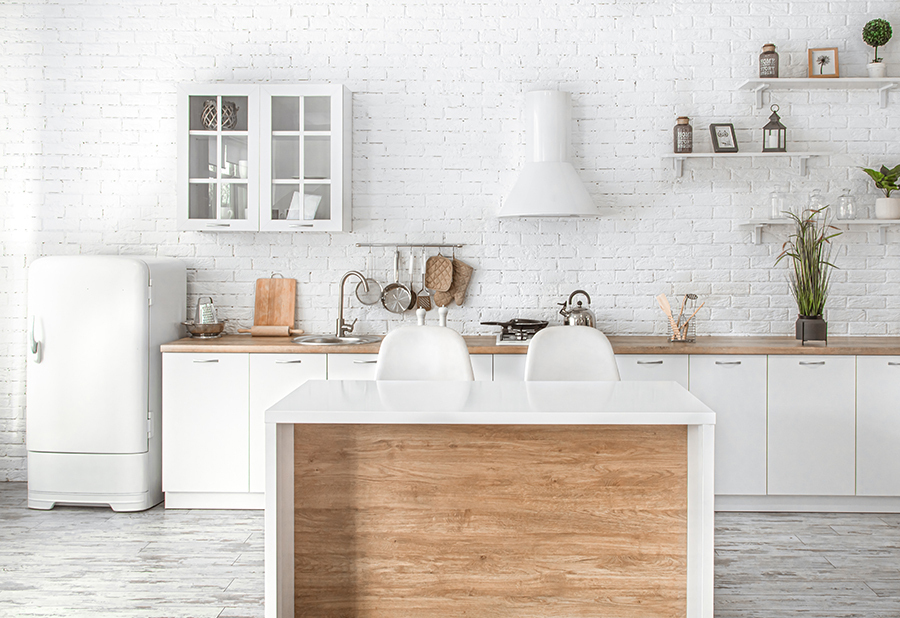
Non-integrated appliances have their own set of advantages that make them a popular choice for many homeowners. One of the biggest pros is that they are often less expensive than integrated appliances, making them more accessible to those on a budget.
Non-integrated appliances can be easily replaced or upgraded without having to redo your entire kitchen design.
Another advantage is that non-integrated appliances come in a wider variety of styles and designs compared to integrated ones. This means you have more options when it comes to choosing an appliance that fits your personal taste and complements the overall look of your kitchen.
Lastly, some people prefer non-integrated appliances because they like the idea of having their fridge or oven stand out as a statement piece in their kitchen design rather than blending into cabinetry seamlessly.
While integrated may be sleeker and more seamless in appearance, there are still plenty of reasons why someone might choose non-integrated over its counterpart – from cost savings to style preferences.
Cons of Non-Integrated Appliance
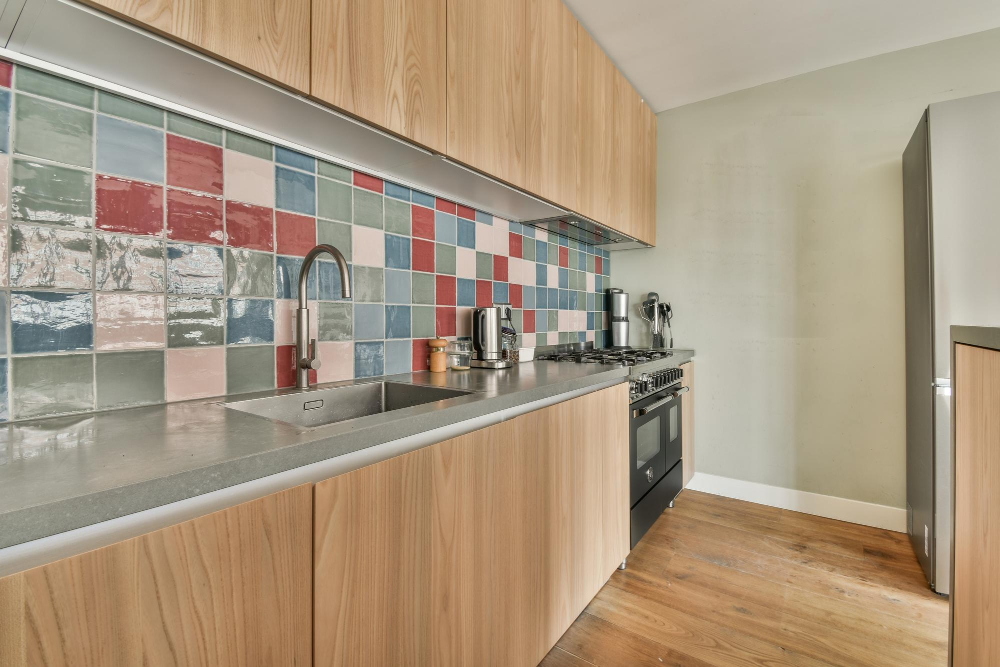
While non-integrated appliances may be more affordable and easier to install, they do come with their own set of drawbacks. One major disadvantage is that they can disrupt the overall design and flow of a space.
For example, a bulky refrigerator or dishwasher can stick out like a sore thumb in an otherwise well-designed kitchen. Non-integrated appliances also tend to take up more space than integrated ones since they are not built into cabinetry or walls.
This means less storage and counter space for food preparation, which could be frustrating for those who love cooking. Another issue with non-integrated appliances is that they may not always match each other in terms of style or color.
This inconsistency can make your kitchen look disjointed and uncoordinated. While non-integrated appliances have their benefits such as affordability and ease of installation, it’s important to consider the potential downsides before making your final decision on what type of appliance you want in your home.




